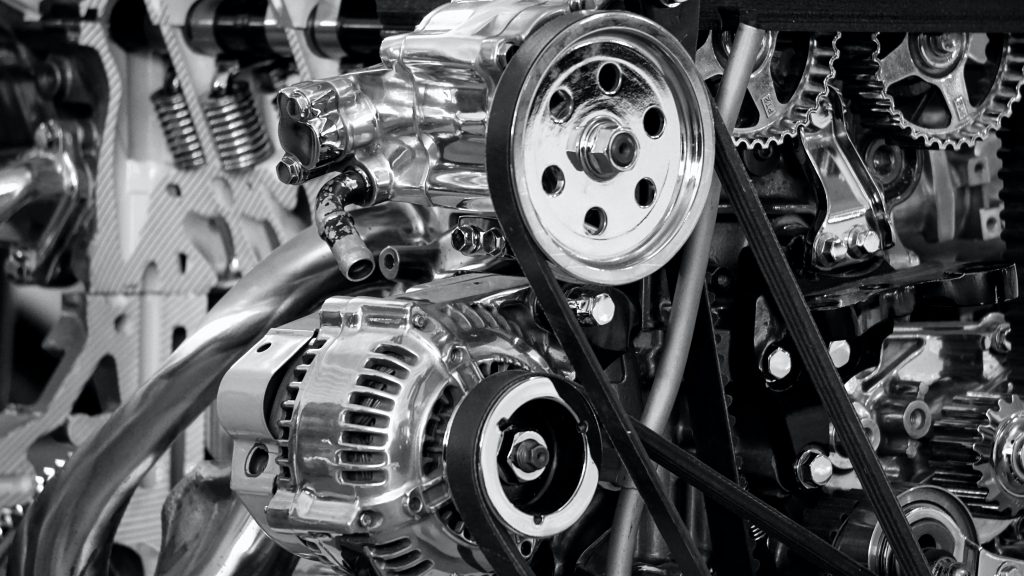Regarding cars, the engine is the heart and soul of the vehicle. It is responsible for powering the vehicle and allowing it to move from one point to another. However, not all car engines are created equal. In fact, there are several different types of car engines, each with their own unique characteristics and functions. Knowing the various types of car engines can help you understand how a car works and make better decisions when purchasing a vehicle. In this article, we will explore different car engines, their advantages and disadvantages, and how they are different from each other. We will explore how powerful machines like traditional gasoline engines, electric engines, and hybrid engines have evolved over the years. This article will help you understand the different types of car engines, whether you’re a car enthusiast or just looking to learn more about vehicles on the road. Let us embark on this journey of discovery and unlock the secrets of the car engine world.
Combustion engines: how they work
One of the most prevalent types of car engines is the combustion engine, also known as the internal combustion engine. This engine works by burning fuel and air to produce power. The combustion process happens inside the engine’s cylinders. These cylinders are sealed chambers where the fuel-air mixture is compressed and ignited by a spark plug. As the fuel burns, it expands rapidly, driving the piston down and converting the energy into rotational motion. This motion is then transferred to the wheels of the vehicle, propelling it forward. Combustion engines are known for their efficiency and power, making them the foundation of the automotive industry for many decades. Advances in technology have created new engine types that focus on the environment and fuel efficiency.
Electric engines: a greener alternative
Electric engines have emerged as a greener alternative to traditional combustion engines in the automotive industry. These engines utilise electric power instead of relying solely on the combustion of fossil fuels. Electric engines use electricity as the main power source instead of other fuels, which greatly reduce harmful emissions. This makes them a more eco-friendly choice. Additionally, electric engines offer several advantages, including higher energy efficiency and lower maintenance requirements. The growing availability of charging infrastructure and advancements in battery technology have contributed to the increasing popularity of electric vehicles. Electric engines will be important in reducing carbon emissions and promoting cleaner transportation options as the world moves towards a more sustainable future.

Hybrid engines: the best of both worlds
Hybrid engines are a recognised solution that combines the advantages of electric and combustion engines. They offer both efficiency and performance benefits. These engines work by smoothly switching between electric power and fuel combustion. They use the electric motor for lower speeds and the combustion engine for higher speeds and more power. This hybridisation allows for enhanced fuel efficiency, reducing both fuel consumption and emissions. Furthermore, hybrid engines incorporate regenerative braking systems, which convert kinetic energy into electric energy, further improving overall efficiency. Hybrid engines are important for greener transportation because they improve performance while reducing environmental impact.

Rotary engines: unique design explained
Rotary engines, also called Wankel engines, have a unique design that differentiates them from traditional piston engines. Rotary engines use a triangular-shaped rotor to rotate inside a housing instead of using reciprocating pistons and cylinders. This rotor has three different sides that create combustion chambers as it turns. This allows for simultaneous intake, compression, combustion, and exhaust processes in different parts of the housing. The design makes rotary engines deliver power smoothly and continuously, which means they have a higher power-to-weight ratio and fewer moving parts than piston engines. However, it is important to note that rotary engines also have their challenges, including higher fuel consumption and increased emissions. Despite this, the special design and performance of these engines still captivate car lovers and make them stand out in the automotive world.
